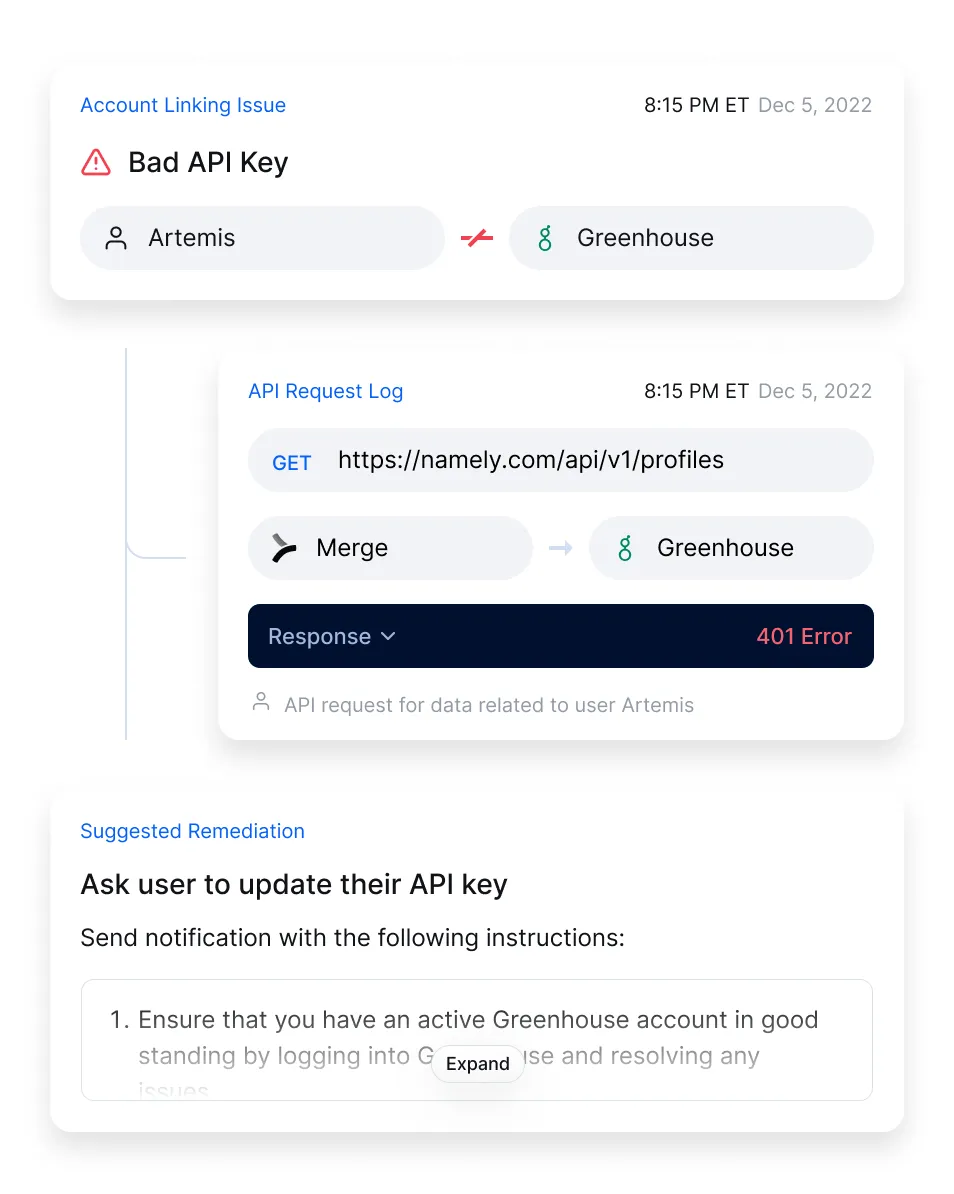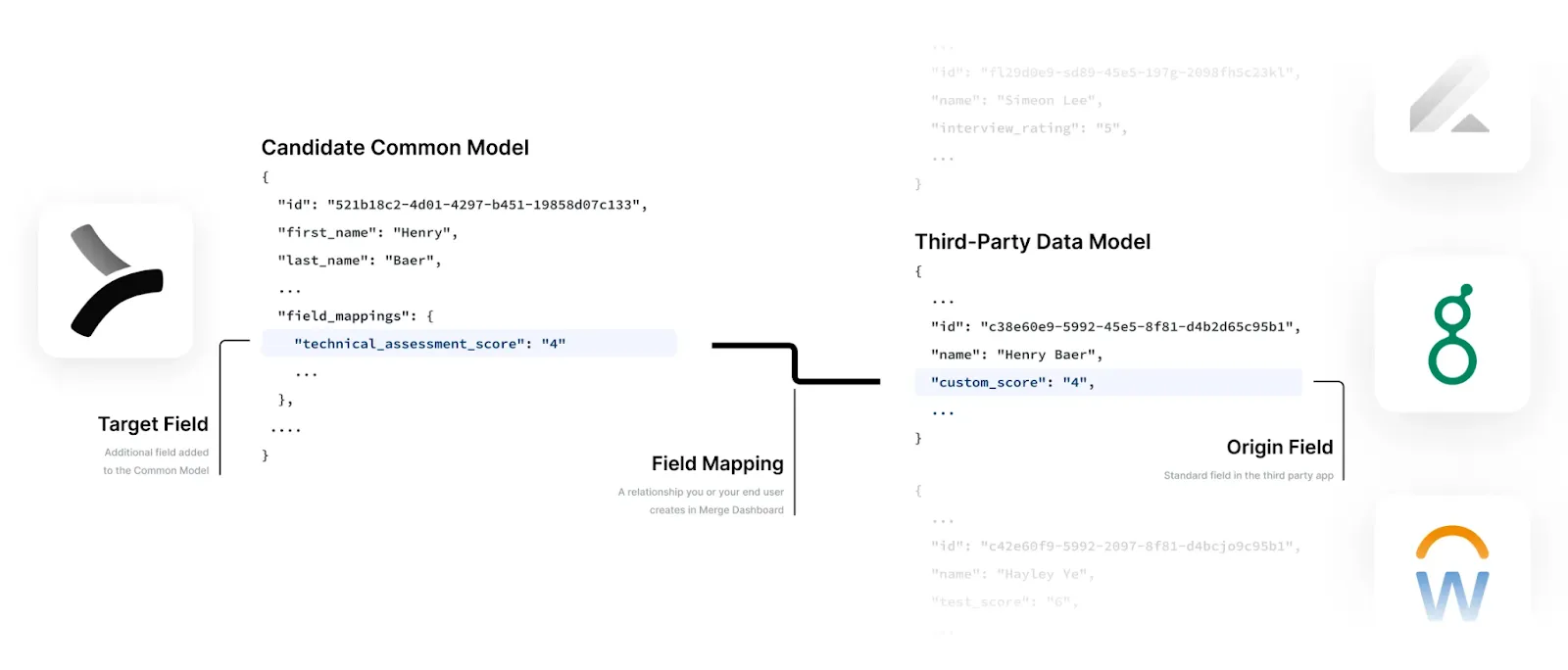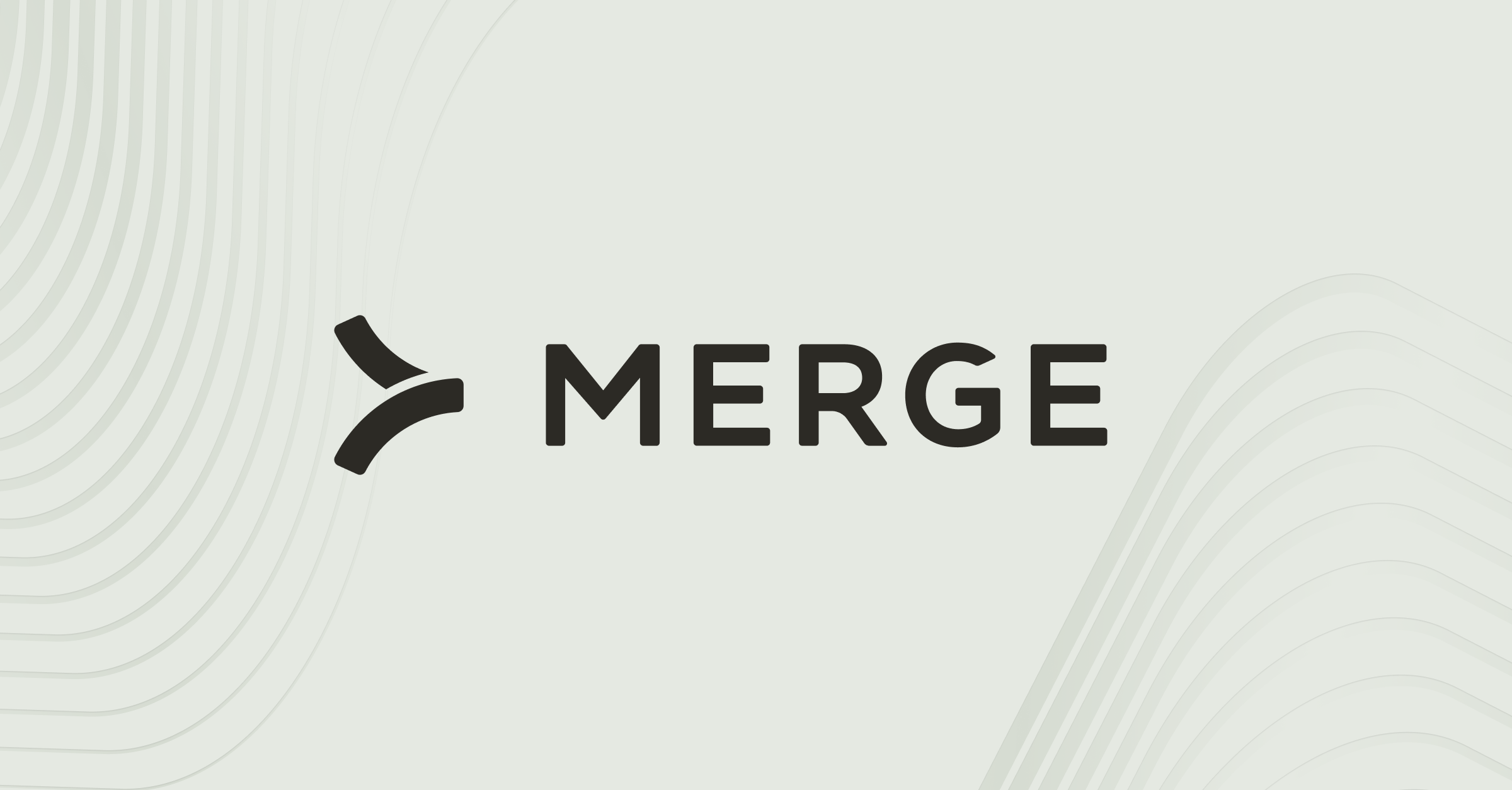Rutter vs Codat: How they compare and why you should look beyond both

As you look to integrate your product with customers’ financial software, you may end up evaluating Rutter and Codat.
While both unified API solutions largely focus on financial software integrations, they differ in significant ways—which can make one better suited for your business than the other.
We’ll help you decide on the better solution for your organization by breaking down how each works and their respective pros and cons.
{{this-blog-only-cta}}
Rutter
It’s a unified API solution that lets you integrate your product with customers’ accounting, commerce, payments, and ads solutions.

Pros
- Provides sandbox access to several endpoints for both NetSuite and QuickBooks, allowing you to test many, if not all, of your integrations with these applications
- Offers more categories and integrations than Codat, giving the solution a higher chance of meeting your integration needs
- Has SDKs in more programming languages than Codat (7 languages vs 5)
- Allows you to submit integration requests relatively easily (via their integration library landing page)
Cons
- Fails to provide automated issue detection capabilities, forcing your engineers to discover and diagnose issues themselves
- Doesn’t support file-based integrations, which can prove problematic when the 3rd-party solutions you want to connect to don’t offer APIs or the specific endpoints you need
- Works with a small number of customers (“100+ fintech companies"). As a result, their integrations have yet to experience—and address—a wide range of edge cases
Related: A look at Rutter's competitors
Codat
It’s a unified API solution that supports customer-facing accounting, banking, and commerce integrations.

Strengths
- Supports file-based integrations in a variety of formats, such as PDF, JPG, and CSV
- Partners with a relatively high number of customers (“over 300 clients globally”), making their integrations more battle-tested and, in turn, reliable
- Works with enterprise companies, which has helped them refine and improve their integrations faster than Rutter
Weaknesses
- Doesn’t provide sandbox access to any applications. This can force you to form business partnerships with several API providers, each of which can be time intensive to form and come at a high, recurring cost
- They gate certain integrations (i.e., force you to request access to them), including QuickBooks and NetSuite, which adds an additional layer of friction for adopting them
- Fails to support POST invoice use cases, while Rutter does
Related: Alternatives to Codat
Codat vs Rutter
The better choice naturally depends on the types of financial integrations you’re looking to build. However, since both solutions don’t offer a diverse set of categories or provide comprehensive integration observability capabilities, neither is likely to meet your integration needs over time.
Why you should try Merge instead
Merge offers all the benefits of Rutter and Codat while also addressing their drawbacks by providing:
- Powerful integration observability features; this includes automated issue detection and suggested resolution functionality, fully-searchable logs, and a dashboard to review integration health holistically

- Flexible and robust data syncs; Merge offers comprehensive Common Models and advanced features, like Field Mapping and Authenticated Passthrough Request, to help you sync a wide range of standard and custom data

- A wide array of integrations beyond accounting; Merge supports more than a dozen accounting integrations (and counting!), along with hundreds of CRM, HRIS, ATS, ticketing, and file storage integrations
- Battle-tested integrations; Merge works with numerous enterprise companies, which has led the company to develop resilient and reliable integrations

You can learn more about the differences between Merge and Codat and Rutter by scheduling a demo with one of our integration experts.
Note: This article was written on 8/21/2024. All of the information presented above is subject to change in the future.







.jpg)
